
WHAT IS SPECIALTY COFFEE?
LEARN ABOUT IT HERE
Specialty coffee refers to high-quality coffee that has been carefully grown, harvested, processed, roasted, and brewed to highlight its unique characteristics. But technically, specialty coffee is any coffee that has been rated 80+ on a 100 point scale by someone who has been certified to assess the value of coffee by the Specialty Coffee Association.
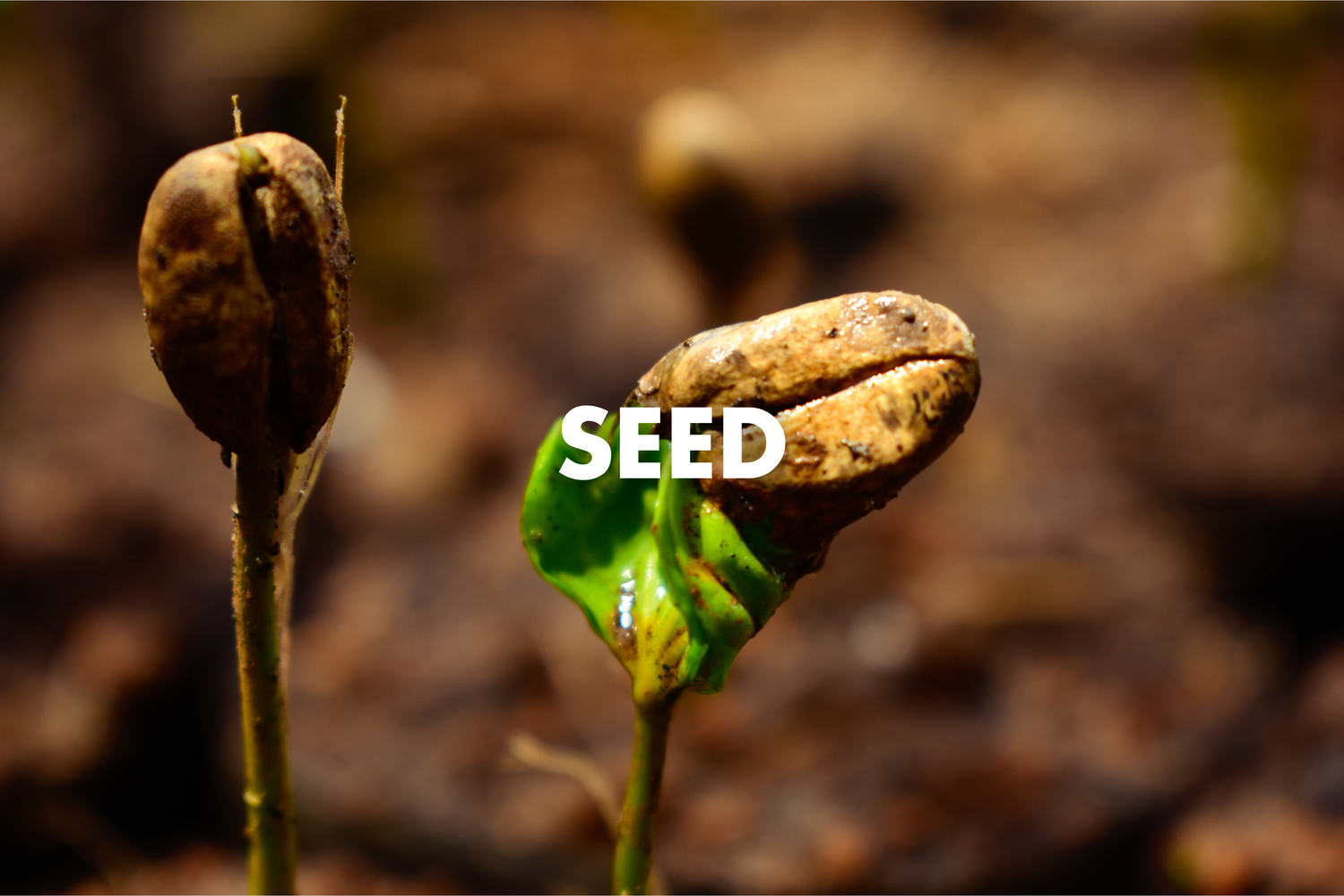
Coffee originates as the fruit of small trees or shrubs that grow in equatorial regions between the tropics of Cancer and Capricorn. These fruits, known as cherries, ripen to display vibrant shades of red, yellow, orange, or purple. Inside each cherry are two seeds, commonly referred to as "beans." While there are over 120 species of coffee, the most widely known are Arabica and Robusta. Most, if not all, of our coffees will be Arabica. Although, the specialty coffee industry is starting to see some other species like Robusta, Liberica, and Eugenioides.
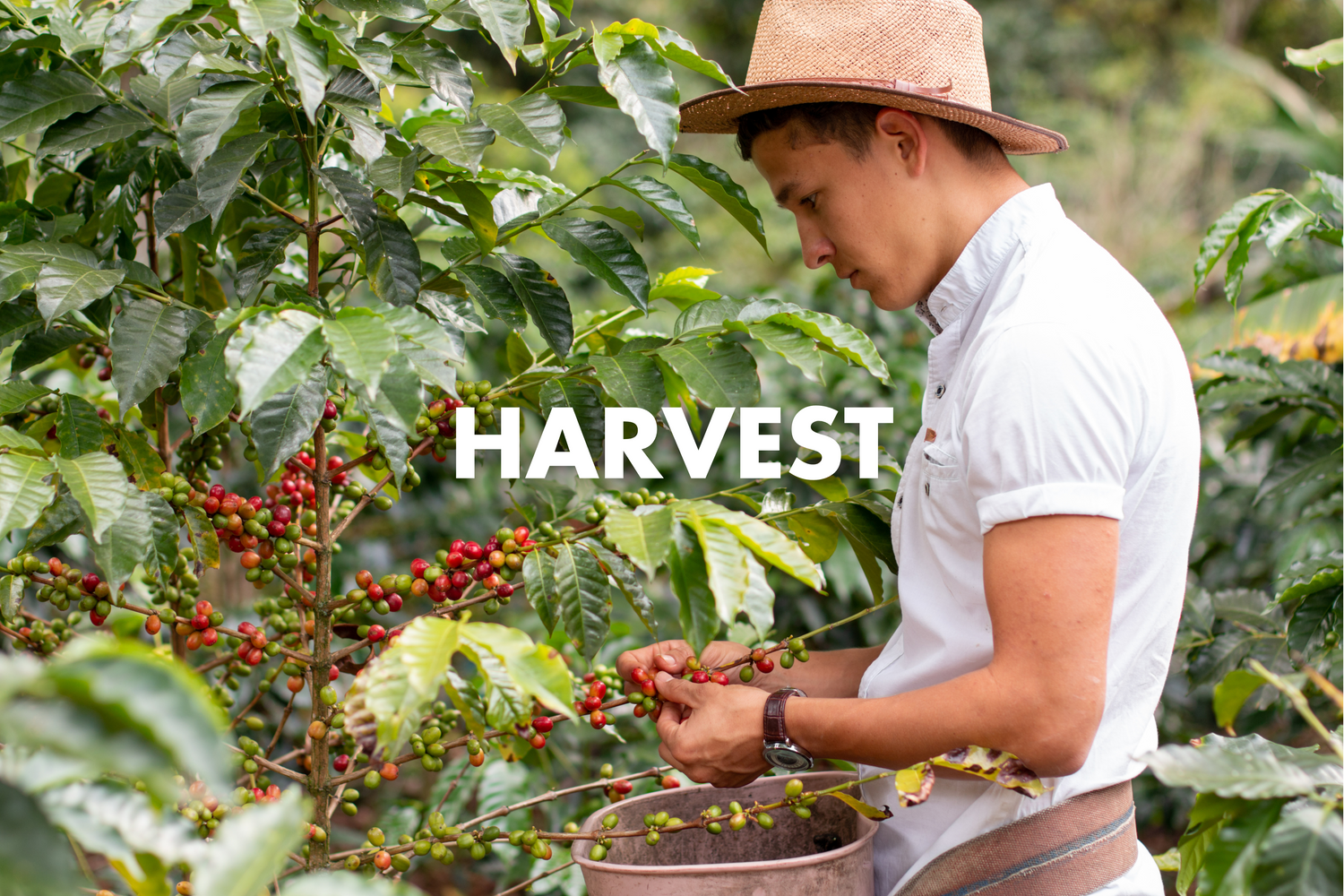
In the coffee harvesting process, ripe cherries are carefully selected and picked from the coffee trees. This can be done by hand or mechanical harvesters, depending on the terrain and the scale of the farm. Hand-picking allows for more precise selection of ripe cherries, ensuring better quality, while mechanical harvesting is faster and more efficient for larger operations. After harvesting, the cherries are sorted to remove any unripe or damaged ones.
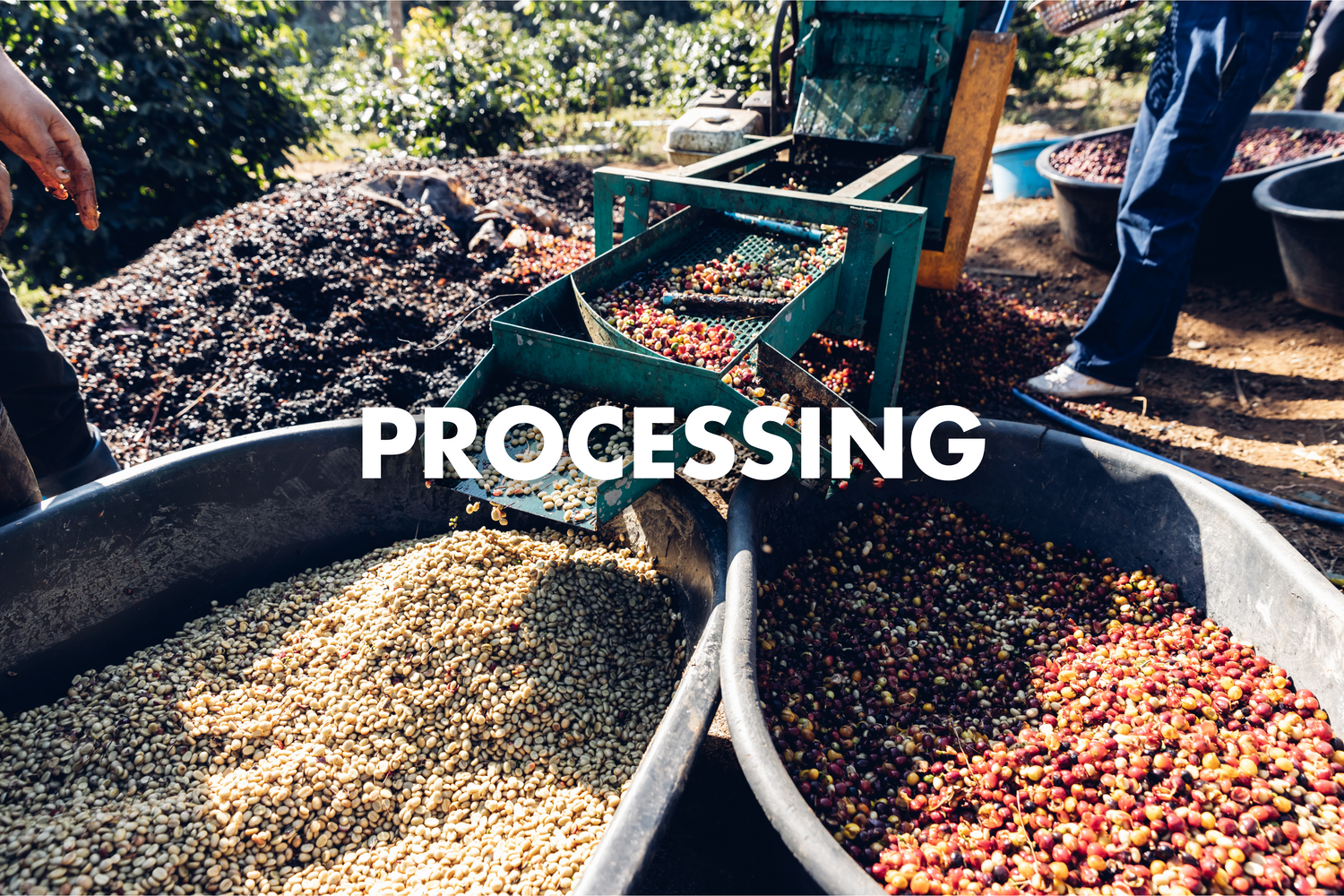
There are several methods of processing coffee. The three broad methods are Washed (Wet), Natural (Dry), and Honey (no honey is involved). In all processing methods, the beans will be removed from the cherry and stored as parchment coffee until it is ready to be shipped. Parchment is a papery protective layer on the outside of the coffee bean. When the coffee is ready to be shipped, the parchment will be removed and the coffee will be sold to roasters as green coffee.
LEARN ABOUT PROCESSING METHODS
WASHED
In the washed (or wet) processing method, coffee goes through a de-pulper which separates the seeds from the coffee cherry. Some mucilage will still ramain on the seed. The coffee will then be placed in vats of water and left to ferment for 24-48 hours (generally), after which, they will be washed to remove any remaining mucilage. The fermentation process makes removing all of the mucilage easier. Then the coffee will be placed on patios, raised beds, or in mechanical driers until the coffee reaches a moisture content of 10-12%. Washed coffees tend to have more brightness, acidity, clarity, and less body than natural coffees.
NATURAL
In the natural (or dry) processing method, the whole coffee cherry is left to dry to a moisture content of 10-12% with the seed still inside the cherry. The coffee is then de-pulped and prepped for shipping. Natural coffees tend to have more fruited sweetness, fuller bodies, and less clarity than washed coffees.
HONEY
First and foremost, honey is not used in this processing method, nor does the coffee necessarily taste like honey. Honey is simply a more appealing word than mucilage.
In the honey processing method, the coffee is de-pulped like in the washed method, leaving some percentage of mucilage on the seed. Unlike the washed method, the coffee is dried to its desired moisture content of 10-12% with the mucilage still on the seed. The percentage of mucilage left on the seed is sometimes designated by a color system: White, Yellow, Red, and Black. White honey has the least mucilage and black honey has the most mucilage left on the seed.
Honey processing takes some elements from both the washed and natural processing methods. However, honeys tend to present more like naturals than washed coffees, but might have more acidity and clarity than naturals on average.
LEARN ABOUT PROCESSING TECHNIQUES
ANAEROBIC FERMENTATION
This technique involves fermenting coffee seeds in an environment with limited or no oxygen. By placing the seeds in sealed tanks or bags, the growth of specific bacteria is encouraged, leading to unique flavor profiles than may include hightened sweetness and distinct fruity or floral notes. Anaerobic coffees can be quite intense and funky, with lower clarity.
CO-FERMENTATION
This technique involves fermenting coffee alongside other fruits or substances. Its aim is to produce a specific flavor profile in the coffee (which isn't necessarily the same profile as whatever was added to the fermentation). The fruit or substance is not always added directly to the ferment, but is instead fed to a yeast culture, then the yeast culture is fermented with the coffee. This technique adds a lot of cost to the coffee because of the raw material used, but it produces coffees that are often very intense and unique.
THERMAL SHOCK
This technique involves exposing coffee cherries to high temeratures, followed by rapid cooling. It can be applied at various stages, such as before pulping, prior to fermentation, or during drying, depending on the desired effect.
We have found that thermal shock coffees tend to be pretty sweet with a lot of clarity, despite the extra processing step.
CARBONIC MACERATION
This technique involves placing whole coffee cherries in a sealed tank filled with carbon dioxide, creating an anaerobic environment. The cherries undergo intracellular fermentation, as oppoosed to the extracellular fermentation typical in standard processing methods. In this process, microorganisms do not directly access the mucilage, as the fermentation occurs within the intact cells of the cherries.
Carbonic maceration does not inherently produce any specific sensory profile in coffee; rather, the sensory outcome depends on how the producer manages the process. This technique gives the producer a high degree of control over the fermentation process.
YEAST INOCULATION
This technique involves introducing specific strains of yeast to the coffee fermentation mix. By controlling the fermentation with selected yeasts, producers can achieve consistent and desirable flavor profiles.
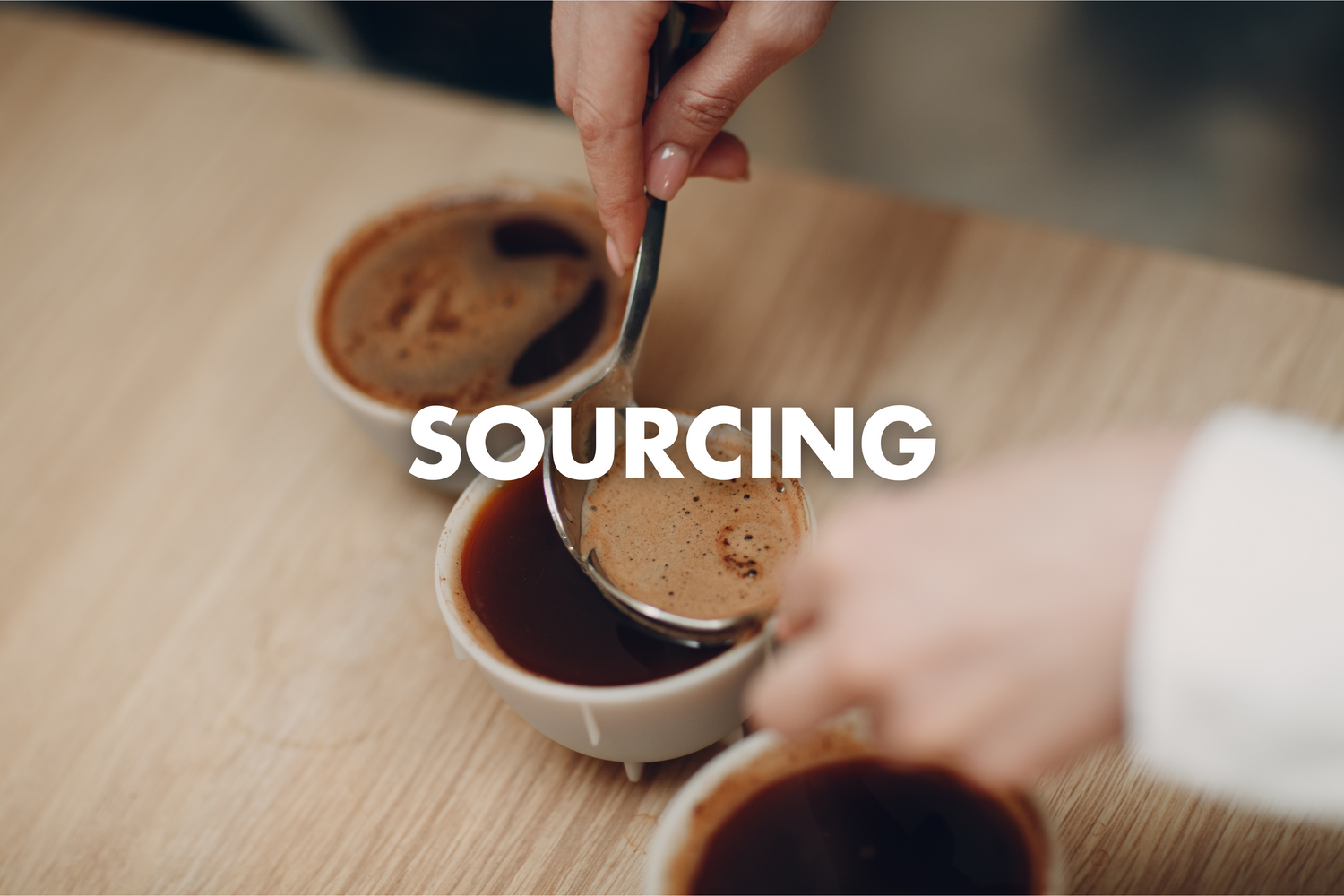
Green coffee buyers often visit coffee farms and cooperatives to establish direct relationships with producers and facilitate the relationship through an importer or by direct trade. Roasters can also request samples of green coffee to evaluate with a sample roaster in their own lab environment. Once a coffee has been selected, the green coffee is shipped to the roaster in jute bags (usually 60-70kg) or vacuum sealed in boxes for smaller quantities (usually 12-24kg). Green coffee is typically packaged in hermetic bags to keep out moisture and other foreign substances.
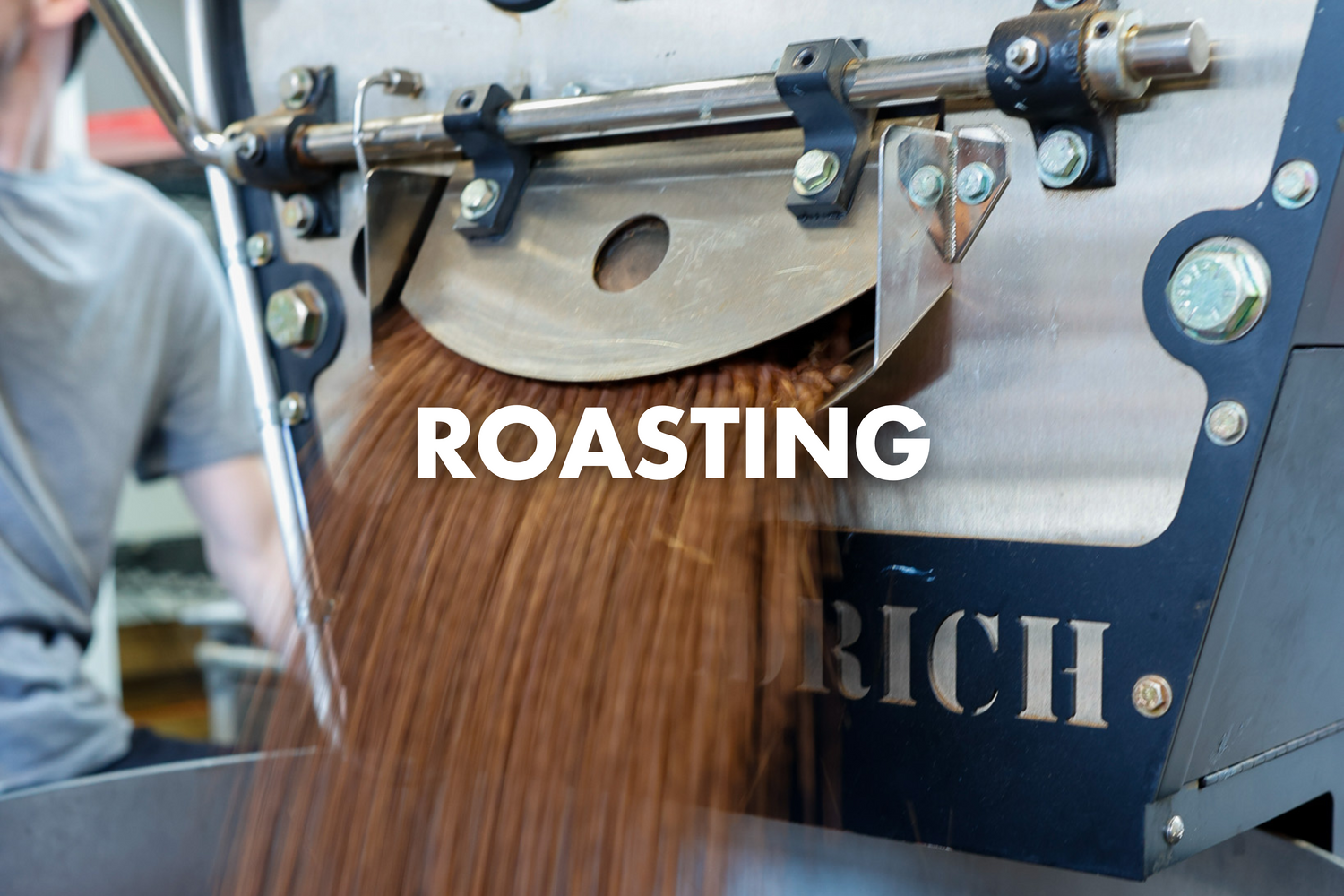
Specialty roasters carefully develop roast profiles to highlight each individual coffee's unique characteristics. The roaster continuously monitors the coffee, making adjustments to variables like gas pressure and airflow to achieve the desired profile. After roasting, the coffee is rapidly cooled to halt the roasting process. Coffee roasting is a meticulous process that is essential for bringing out the qualities in each coffee that make that coffee unique.
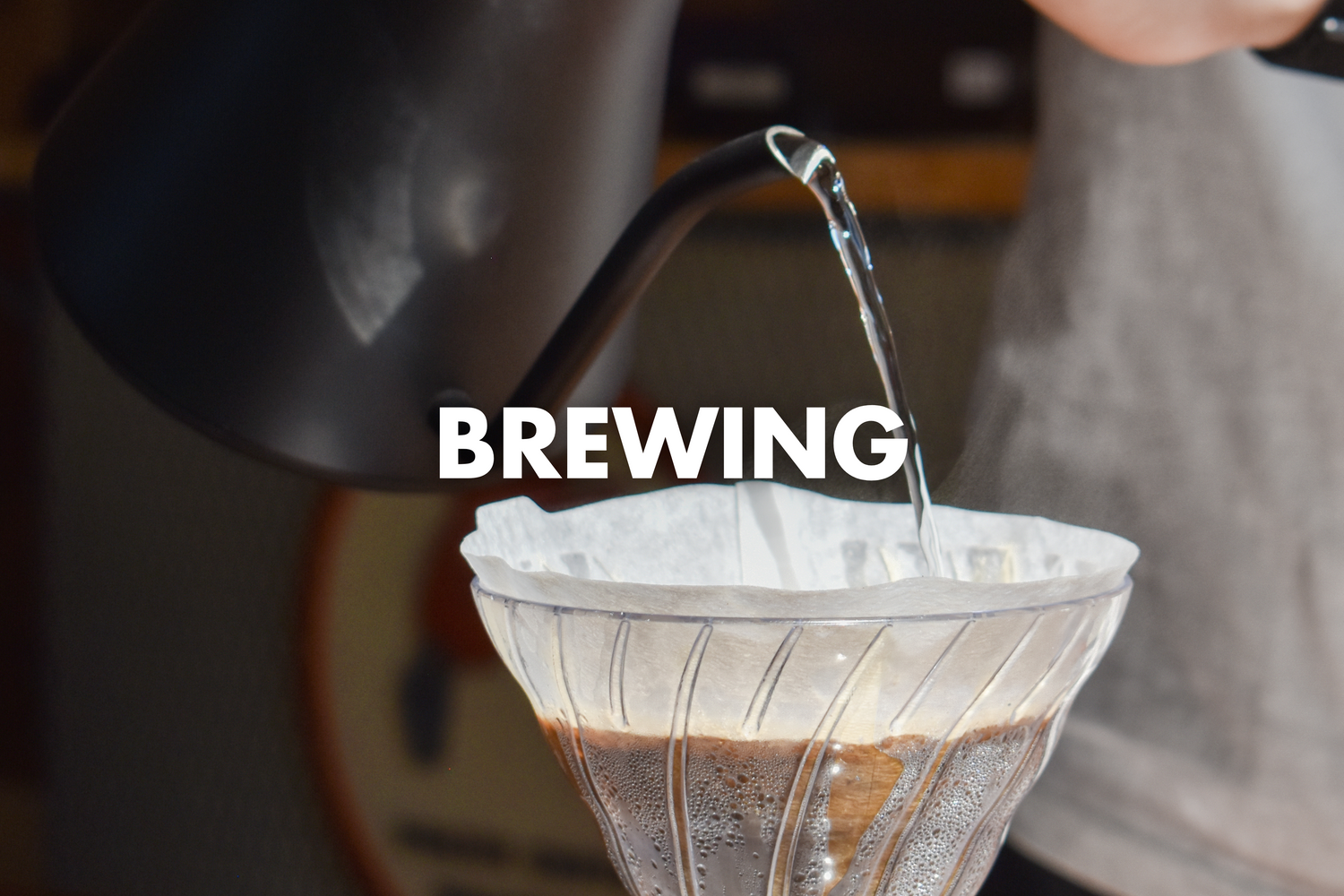
Baristas and coffee enthusiasts play with variables like grind size, water temperature, water-to-coffee ratio, and brew method to achieve the perfect cup. There are many ways to brew coffee, such as pour-over (V60, Chemex, Origami, etc.), espresso, French press, AeroPress, and many others, which will each present the coffee in a different light. Many enthusiasts will swear by one recipe or brew method (and their methods may be fantastic), but the best cup of coffee is the cup of coffee you enjoy drinking!
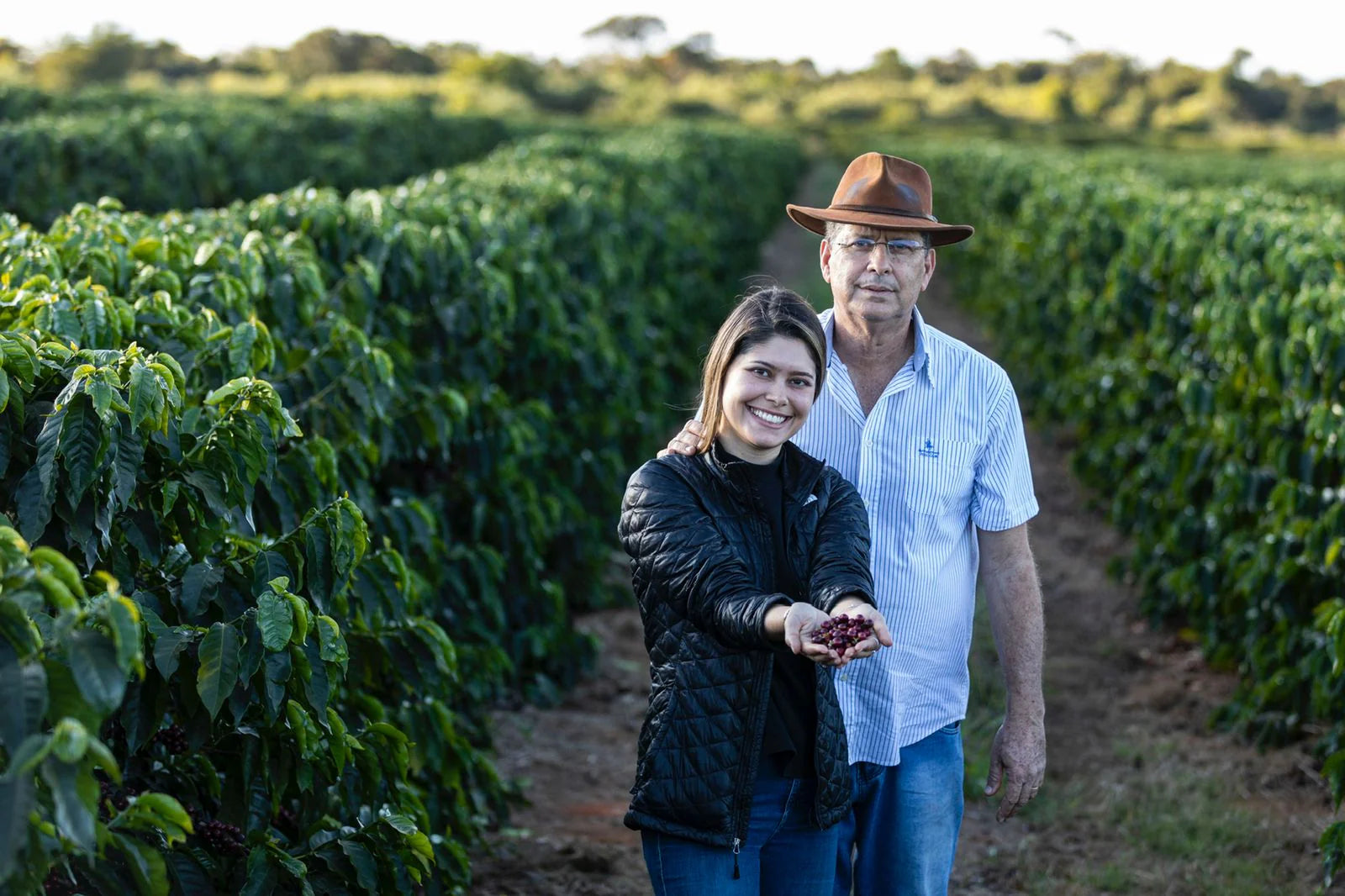
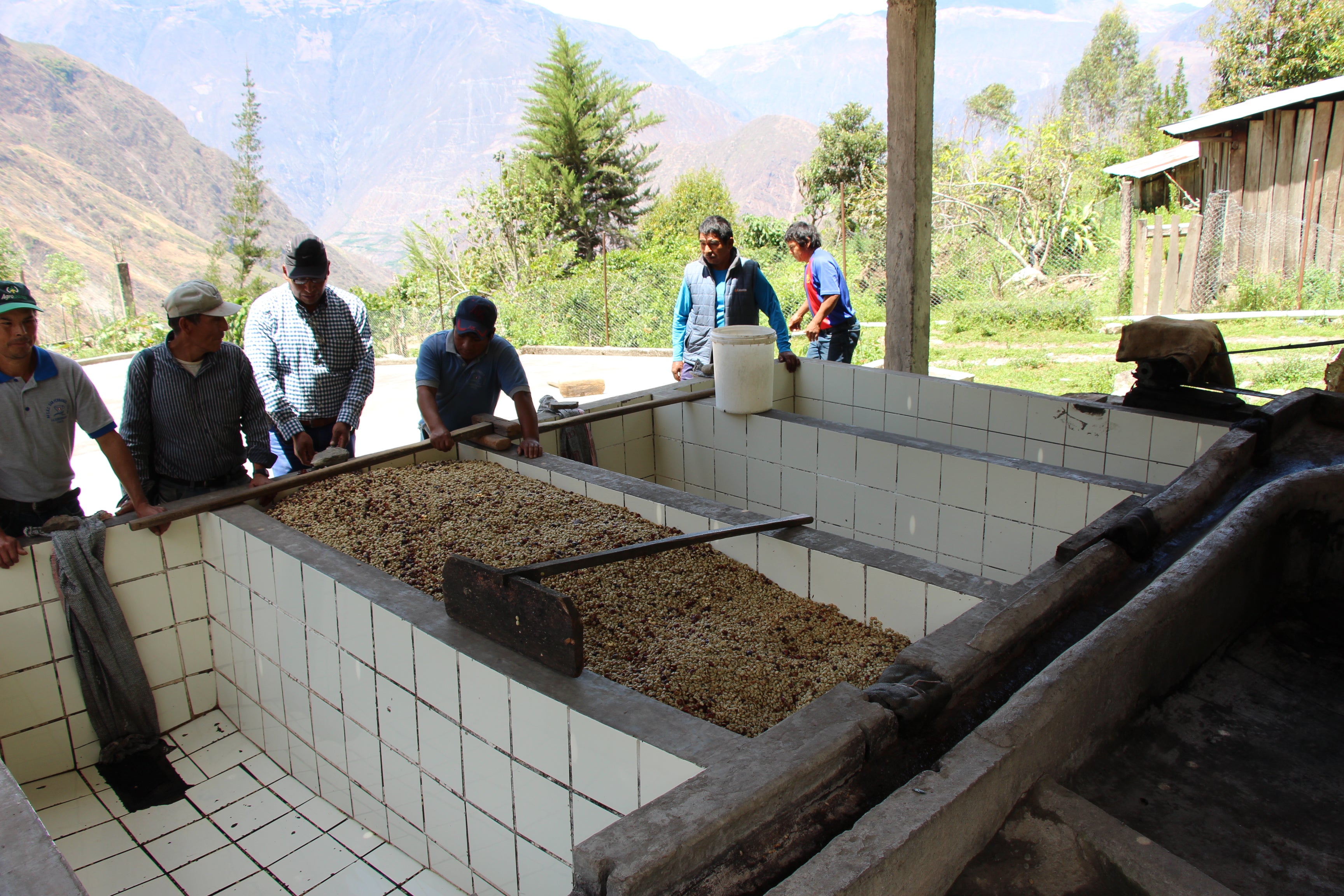
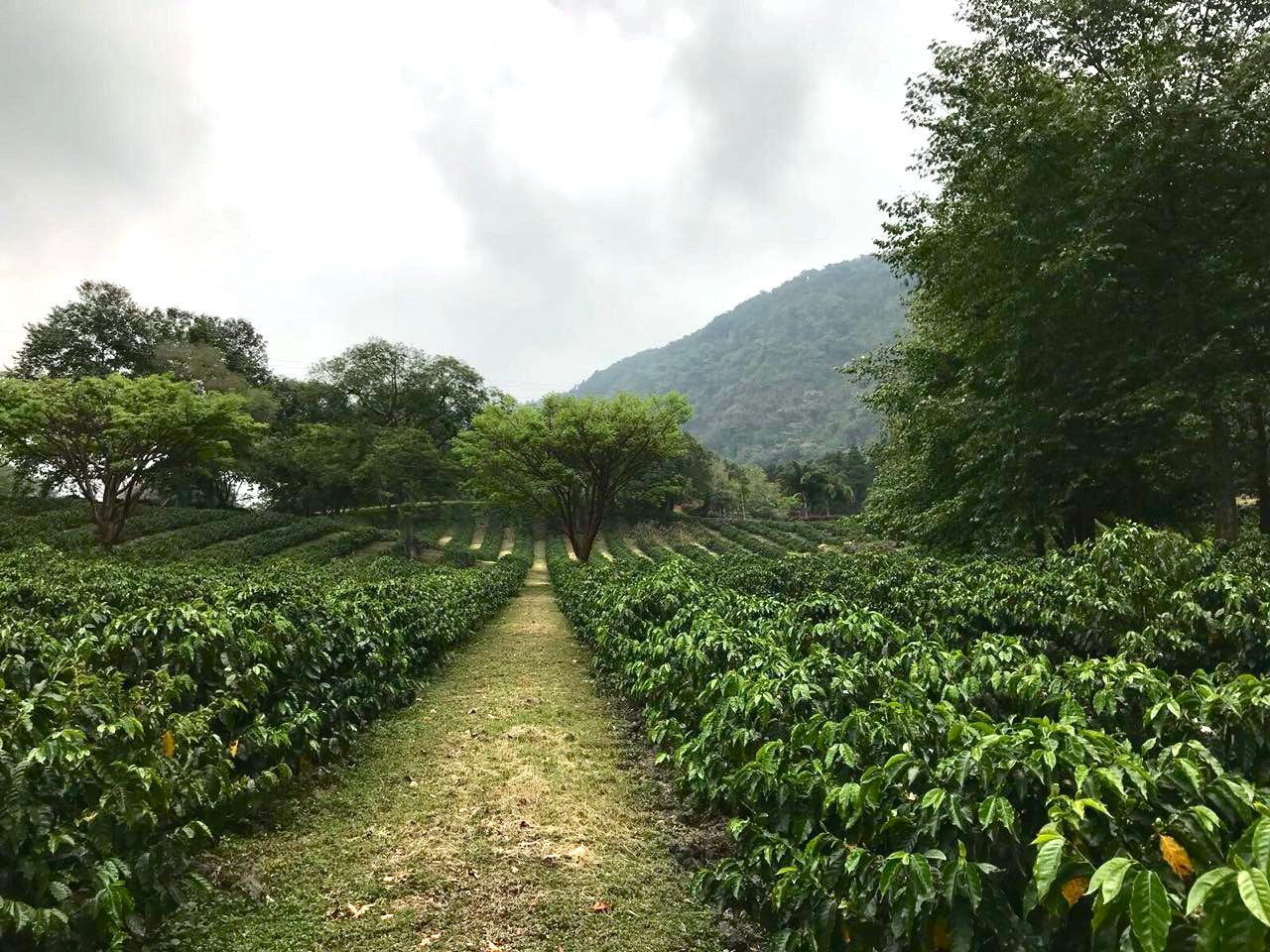
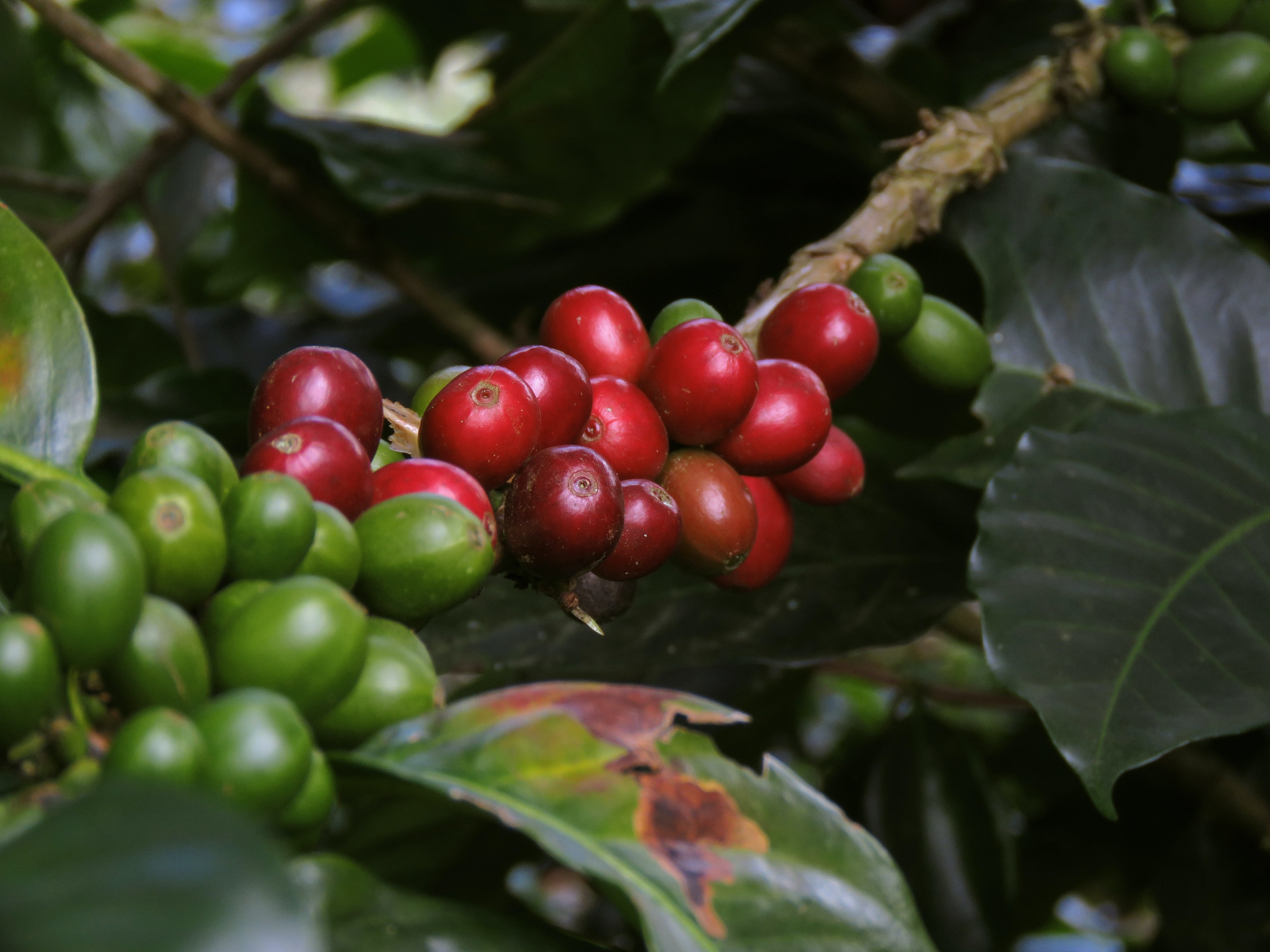
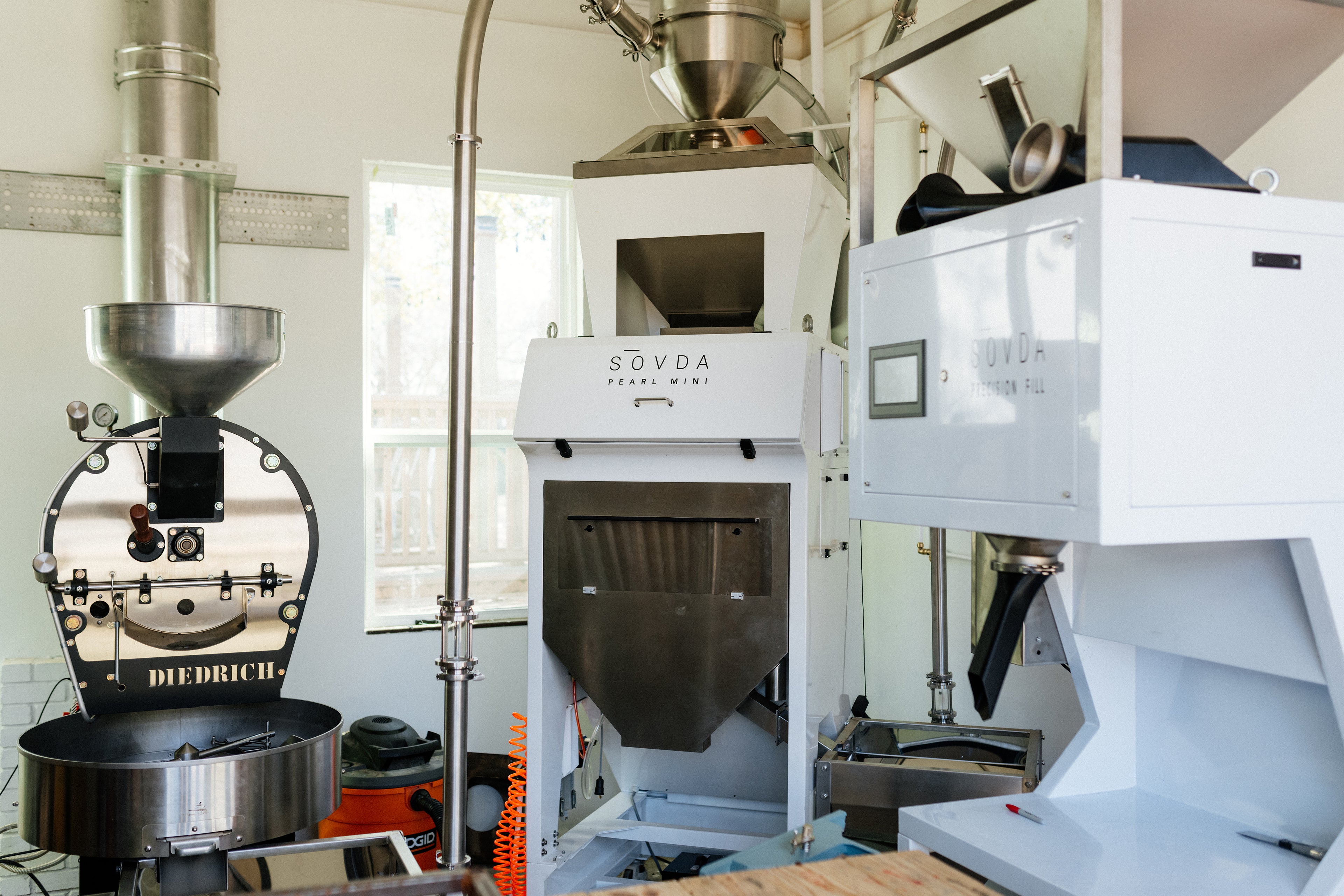
CHECK OUT OUR OFFERINGS
-
WUSH WUSH | ETHIOPIA *NEW*
Regular price From $26.00 USDRegular priceUnit price / per -
TRINCHERAS | MEXICO *NEW*
Regular price From $24.00 USDRegular priceUnit price / per -
AGA DANCHE | ETHIOPIA
Regular price From $24.00 USDRegular priceUnit price / per -
ATUNKA DECAF | COLOMBIA
Regular price From $21.00 USDRegular priceUnit price / per





